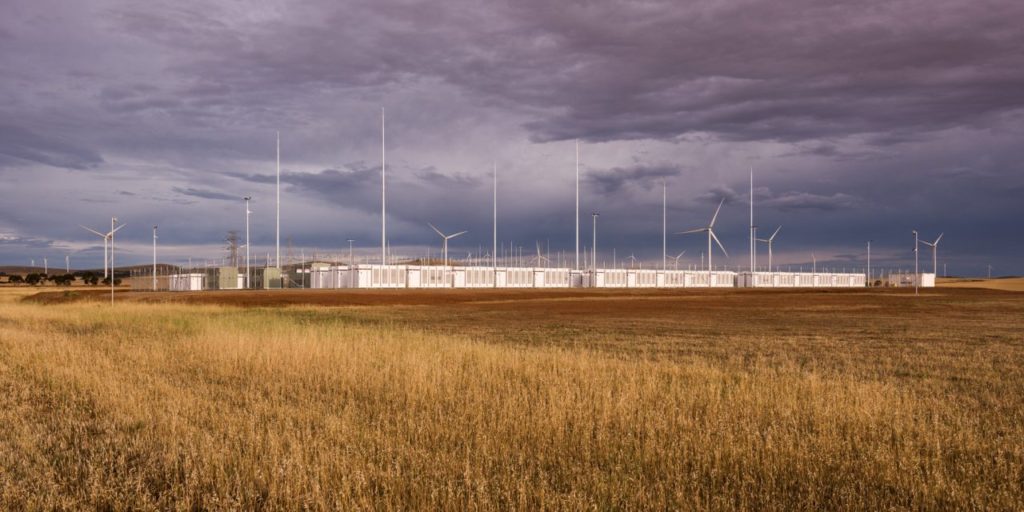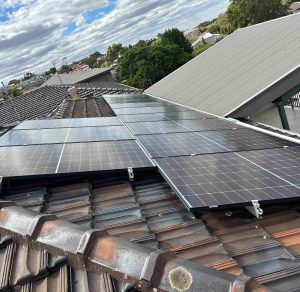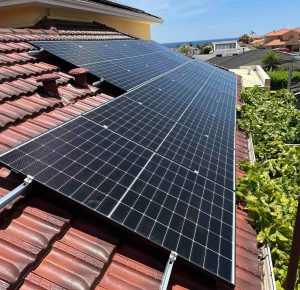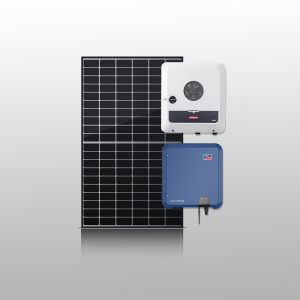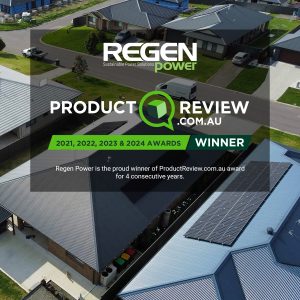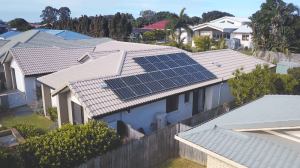Technology innovation and lucrative incentives/rebates have pushed renewable energy adoption to an all-time high in the country. As per the Green Energy Markets report, renewables generated more power than brown coal in Australia during the summer of 2017. Remarkably, the contribution of rooftop solar is higher than the now defunct Hazelwood power plant. As of 2015-16, 13,500 Gwh is produced by renewable energy systems.
The report also predicts a savings of over $208 million in the next decade due to residential solar installations. Renewable energy is the second biggest contributor to the grid after black coal. With numerous solar and wind energy plants under construction in every state, forecasting becomes crucial to reduce end-user energy costs and to improve grid stability.
Renewable Energy Forecast
Currently, Australian Energy Market Operator (AEMO) performs the energy forecast of solar and wind generation. This system has been in operation since 2014. AEMO forecasts includes both the large-scale ( 30MW or higher) and the small-scale systems (100kW or less). With such continuous monitoring throughout the year, forecasting balances the demand-supply peaks and prevents energy scarcity or blackouts. Therefore, the energy costs will greatly depend on the accuracy of these forecasts. This is where the new forecast model can become a boon. A self energy forecast system for wind and solar farms will be able to account for local weather conditions. These forecasts combined with that of AEMO can set up efficient system with minimal errors.
The advantages of such an accurate forecasting system includes improved grid stability, reduced energy costs and better overall integration of renewables into the grid. Battery storage will also help in smoothening these supply-demand variations. For trial, ARENA is looking for applications from interested wind and solar plant operators. As of 2018, around 5GW of new large-scale renewable energy projects are being developed – the majority being in NSW and Victoria. Furthermore, these coupled energy forecast methods coupled with the energy storage contribution

